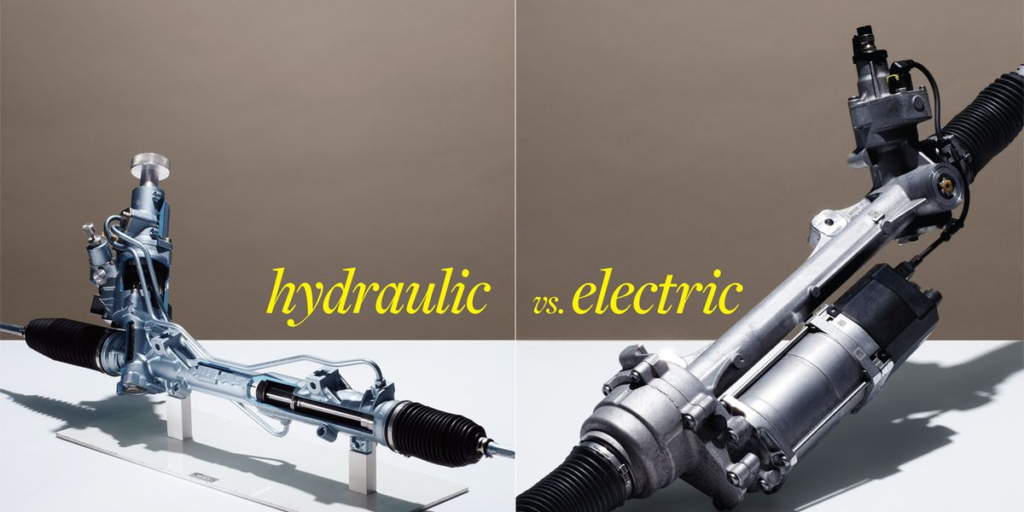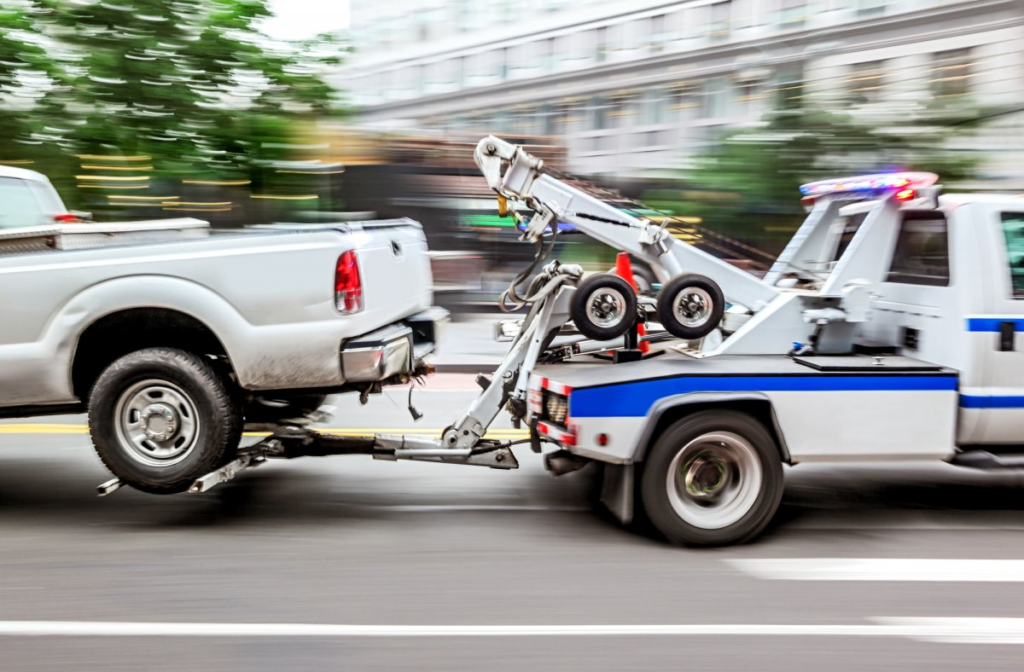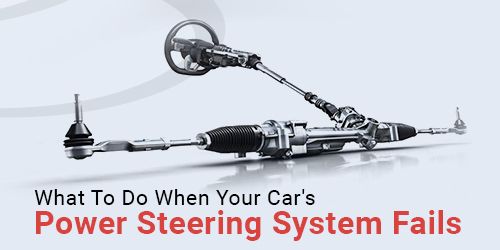Imagine that you are entirely enjoying your drive with your favorite song, and suddenly, you feel weird resistance in your steering wheel. You have to work harder to direct your car, and you start asking yourself: “Why is it hard to turn my steering wheel?”
Problems in the steering wheel are indeed scary!
If you ever find yourself having difficulty moving or turning the steering wheel, chances are your power steering has failed.
What happens when the power steering is lost?
There are many possible causes of the loss of power steering systems. Furthermore, what may go wrong depends on whether your car has hydraulic, electric, or hydroelectric power steering.

Below is a detailed explanation of what can happen during a power steering failure, depending on the system type.
Types of power steering systems
Depending on which car you drive, power steering can be of any of three types:

- Hydraulic power steering:
Hydraulic systems use hydraulic pressure from the power steering pump. This pump, powered by an engine drive belt, carries the pressurized power steering fluid to the steering gear.
Issue:
- Lack of fluid supply due to leakage of power steering fluid
- Hydraulic pump failure
- Steering gear failed
- Electric power hydraulic steering:
Electric power steering systems use motors instead of hydraulic pumps. In electronic power steering systems, the electronic control unit controls the steering dynamics.
Issues:
- Bad wiring
- The electric motor is failing
- Power steering fluid leak
- Steering gear failed
- Fully electric power steering
Fully electric power steering uses electric hydraulic pumps instead of engine-driven hydraulic pumps on traditional hydraulic systems.
Issues:
- Electrical wiring
- Bad motor
- Failure of sensors and other electronic components
- Steering gear failed
The loss of fluid pressure in the hydraulic power steering system will turn your system to manual operation (meaning all your muscles are working). As a result, it won’t be easy to turn the steering wheel.
In short, handling your 2000 car will be as heavy and tiring as a 1960s car, especially at low speeds.
Reasons for power steering failure
The common culprits of failed hydraulic or electric power steering systems are:
- Loss of power steering fluid

If you notice a fall in your power steering fluid level, it indicates a leak somewhere in the system. Check the hose, seal, and hydraulic pump for any signs of leakage.
- Bad hydraulic pump
Lack of power steering fluid can damage the hydraulic pump and cause trouble in your steering. Very recent damage can make noticeable noises, and if the power fails, you will have zero steering support.

An electric steering pump leaking will cause it to run out faster, resulting in noise and, ultimately, reducing steering assist.
- Snap serpentine belt
An engine-driven hydraulic pump relies on the rotation of the crankshaft to operate. The two are connected by serpentine belts that spin the pulley on the pump when the crankshaft begins to turn.
If snapped, the pump becomes powerless, therefore, will not supply the system with hydraulic fluid.
- Electronic components worn

As mentioned earlier, electric power steering systems use a combination of sensors, computers, and motors. Failure of any component makes your vehicle experience a lack of steering support.
What to do when power steering fails
You can easily recognize when the power steering starts failing because it will be tough to turn the steering wheel. In some cases, power steering failure occurs slowly, while, in other cases, failure occurs abruptly. It can happen while driving and can catch drivers by surprise.
Most of the safety tips described below are clear, but not all drivers know the best way to react in such a situation.
Check out a list of what you should be doing when your power steering system fails while on the road.
- Signal to other drivers using your lights

Turn your hazard lights on! It would alert other people on the road that there is something wrong with your car. It will allow them to pass you while taking extra precautions.
- Drive carefully to the shoulder of the road
Observe the road for approaching vehicles and carefully turn your steering wheel towards the shoulder. You will need to use extra power depending on the damage to your power steering system.
Take your time to change lanes, and don’t rush. Keep in mind that you will not be able to respond immediately to threatening situations.
- Slow down until you reach the full stop
When you go up the side of the road, step lightly on the brake pedal. Make sure there are no high-speed vehicles before you slow down.
Once you reach the shoulder lane, apply the brakes slowly until you reach the full stop.
- Estimate the severity of the problem
After parking your vehicle safely, turn the wheel left and right to assess the severity of the problem – check how difficult it is. It is where you choose whether you can still drive the car to the mechanic or tow it.
If you feel that the steering wheel’s weight is manageable, you can drive it yourself to the nearest mechanic. Be sure to go slowly and stay in the lane.
- If in doubt, call for a towing truck

If you think you are unable to drive properly, call for a towing truck. Ensure your vehicle is safely positioned in the shoulder lane as it may take some time for the tow trucks to arrive.
These days, most of the cars are equipped with a power steering system. The new and young drivers do not recognize this feature’s benefits unless they have experienced driving older vehicles that lack power steering.
This feature helps the driver drive easily as there is minimal resistance between the wheels and the ground either with the hydraulic or electrical system’s help. If you’re looking for various auto parts, you can visit The Auto Parts Shop online.

It’s good to know that each component needs to be functioning in order to support the power steering system of a vehicle. My brother has been having trouble with multiple aspects of the power steering in his work truck for the last week or so. Maybe it would be best for him to install a new power steering system to ensure no issues go unnoticed!